Need-to-know theories, frameworks and tools for designers and researchers.
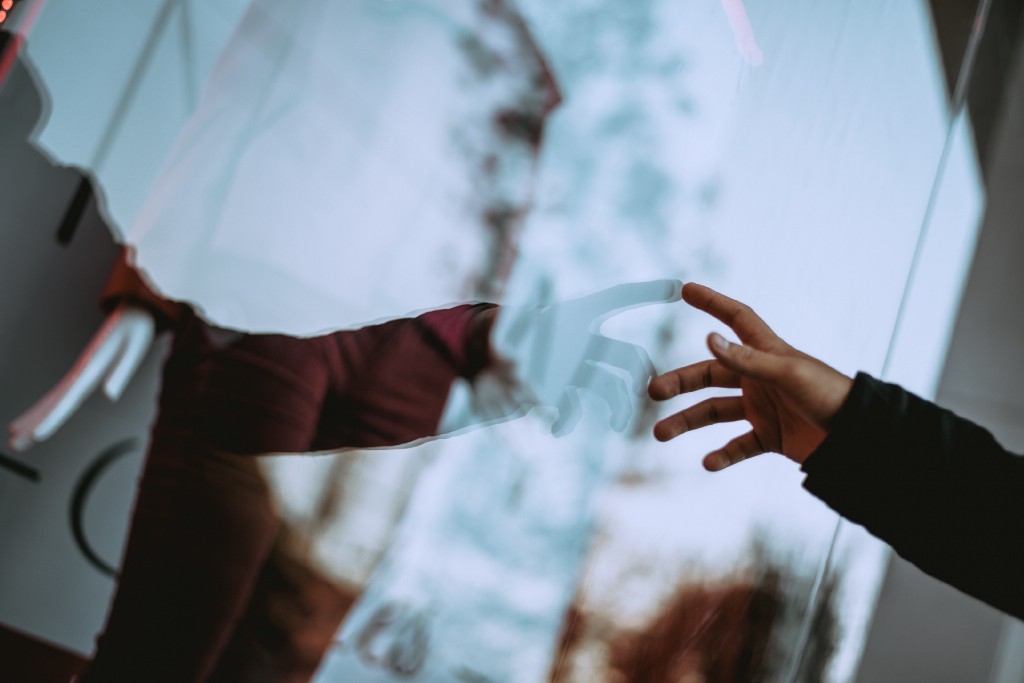
Why it matters
The proper study of mankind is the science of design. -Herbert A. Simon
As a UX professional, looking deeply into how our minds, emotions, needs and behaviors co-exist can help us translate human insights into designs and strategies people genuinely need and want.
Human are complicated
We all have different personalities, mental models, emotions, needs, wants, goals, values and beliefs, which shaped who we are and partially determined what we do. To better understand human needs, perhaps we should zoom out and take a broader view into various aspects of human life.
I drew concepts from the fields like psychology, philosophy, neuroscience, social science, behavior science, mapped out our individual’s system.
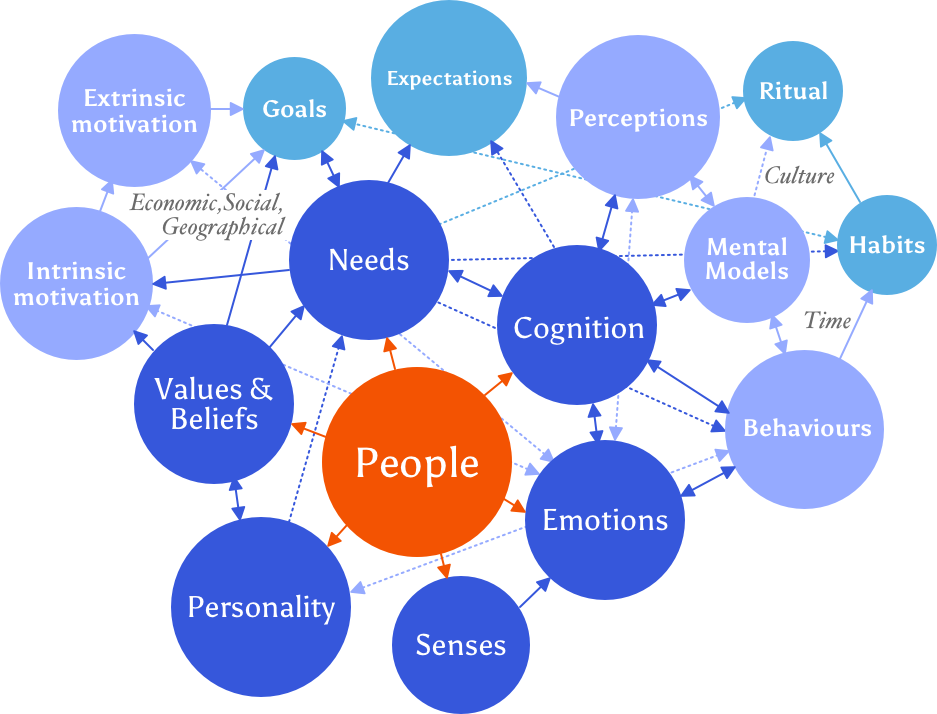
Interconnected system
All of core concepts are linked directly and indirectly. Let’s have a closer look at them.
Values & Beliefs — Values are what we believe to be important. They are our principles and foundations, guide our daily lives and influence motivation (especially intrinsic motivation; extrinsic motivation is also affected by external factors). When we know our values, we have motivations, then we created our goals, efforts will fulfill the needs. Values and personalities are intertwined, both are mostly linked to top tier of human needs (refers to Marslow’s self-esteem). Many people don’t actually know what values guide them, that’s what lots of self-help books are about.
To know thyself is the beginning of wisdom. — Socrates
Personality — represents psychological patterns, it co-relates with values and beliefs. Our personalities are shaped over time, which naturally affect our behaviors. Knowing who we are and how we communicate leads us to a more intentional action. Psychologist Carl Jung first developed Personalty Typology (later on being adapted into Myers & Briggs personality test), there are other tests like Enneagram (Reformer, Helper, Achiever, Artist, Thinker, Loyalist, Enthusiast, Challenger, Peacemaker) and Big Five (Openness, Conscientiousness, Extraversion, Agreeableness & Neuroticism). Personality tests are usually used for pre-employment evaluation, you can also use for auditing personal life, re-align your motivation and goals.
Needs — Most people are familiar with Maslow’s Hierarchy of Human Needs, it is also used by many product designers and experience designers to empathize with users. However, Maslow’s theory is not entirely relevant to this day, there are few UX thought leaders (Aarron Walter & Stephen Anderson) created their own versions which I found quite useful when conducting research.
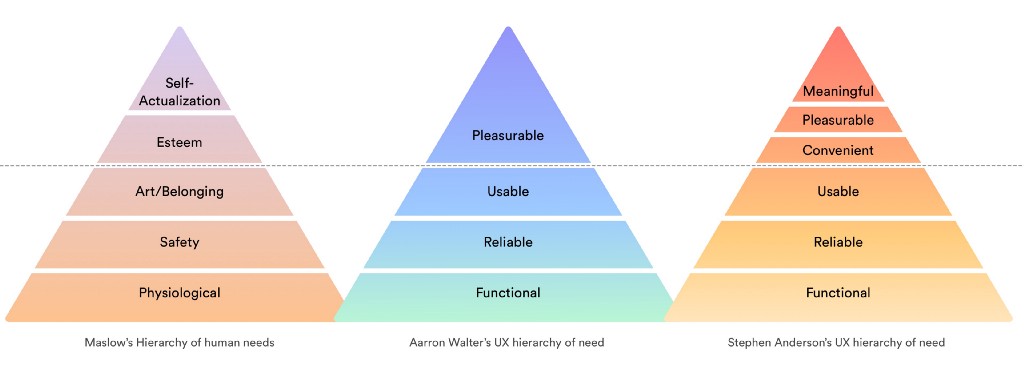
Economist Manfred Max-Neef introduced the concepts of Needs and Satisfiers. He defined human needs as two categories: existential (Being, Having, Doing and Interacting) and axiological (Subsistence, Protection, Affection, Understanding, Participation, Creation, Leisure, Identity and Freedom).
“Human needs must be understood as a system; that is, all human needs are interrelated and interactive. With the sole exception of die need of subsistence, that is, to remain alive, no hierarchies exist within the system.” — Manfred Max-Neef on Human Scale Development
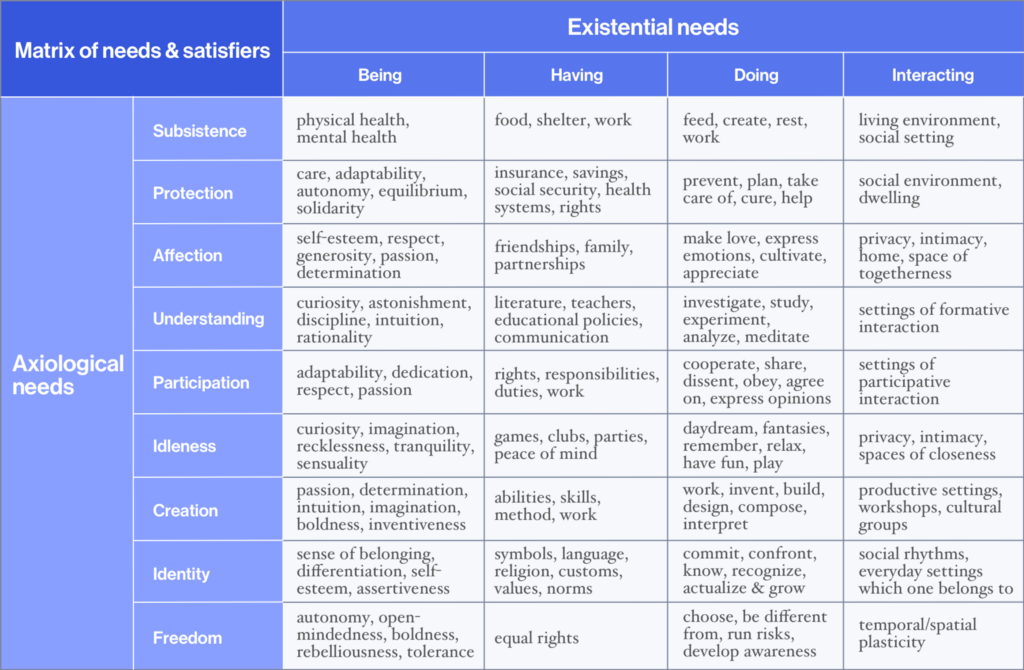
He points out that how meeting an individual’s need is highly contextualized, relies on social, cultural, geographical and historical contexts, as well as our own mindsets.
Cognition — refers to our brain functions, it encompasses 5 key domains: memory, visual-spatial perception, language, attention, executive functioning (planning and strategy). Cognition controls our thoughts, directs our behaviors and generates perceptions. In short, cognition is about our brain and mind. The study of the cognition is the field of cognitive science and neuroscience. For designers and researchers, learning about cognition is very important, especially the term Cognitive Bias. Because we are all irrational, becoming aware of the biases can prevent us making bad decision in work and life.
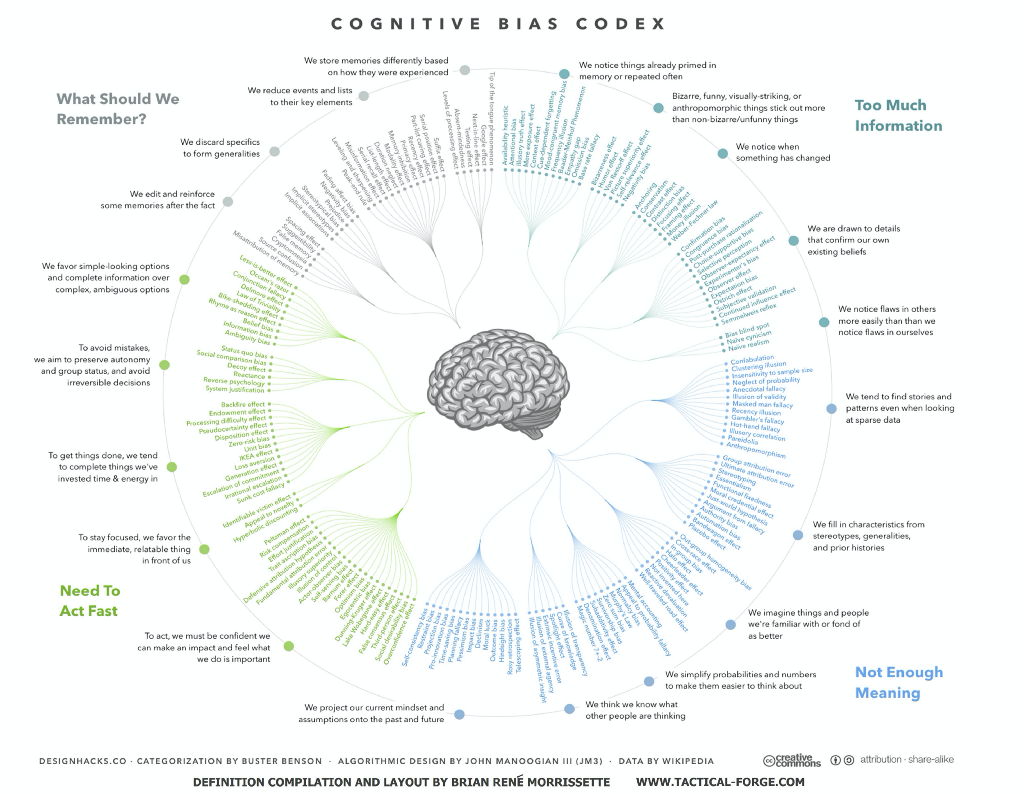
“Our comforting conviction that the world makes sense rests on a secure foundation: our almost unlimited ability to ignore our ignorance.”-Daniel Kahneman in Thinking, Fast and Slow
Mental Models — are cognitive representations of real, hypothetical, or imaginary situations. They guide our thought processes consciously or unconsciously. Nielsen Norman Group points out: “Individual users each have their own mental models, and different users may construct different models of the same user interface. Further, one of usability’s big dilemmas is the common gap between the designers’ and users’ mental models.” How do we improve understanding of the mental model, Shane Parrish has a great guide. Adaptive Path co-founder and author Indi Young summarizes more relatable tools & methods to help shaping design understanding and decision.
Behaviors — Behavior science or Behavior Economics has gained popularity in recent years after Daniel Kahnman won 2002 Nobel Memorial Prize in Economic Sciences. It is adopted in design and marketing, we can see subjects like irrational decision making (If you haven’t watched Dan Ariely’s Ted talk, please do so, he also has several books on behavior economics, please see reference), persuasive technology (Stanford BJ Foggs’s behaviors Model) and design for behavior change (Nir Eyal’s Hook Model). In user research, Jakob Nielsen famously said ‘Pay attention to what users do, not what they say.’ Through observation and analysis, we understand why people act that way, as well as validate if the product and services have met the needs of people.

Habits & Rituals — together with behaviors, they are inseparable. Persistent behaviors over time form habits, when cultural setting influenced our habits, it transforms into ritual. Habits and rituals play a big role in our daily lives, when design for global products and services, we need to be aware of cultural sensitivity, how the product been used in certain areas, and what’s their preferences and perception towards the product. By developing a worldview, we can be more conscious and inclusive when designing and communicating with people from different cultural backgrounds.
Culture can also change the way people perceive your design and content. Different societies may expect different things from digital interactions, interpret information differently, and hold different mental models than your own.-Senongo Akpem in Cross-Cultural Design
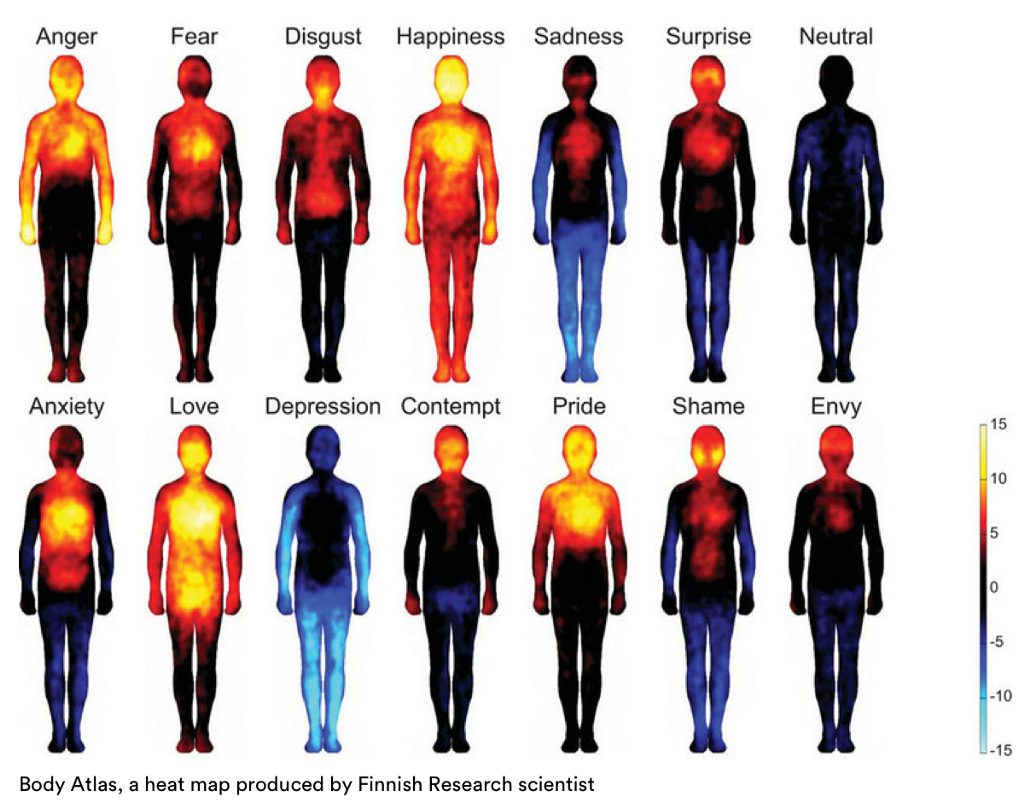
Emotions — As you can see above, emotions are associated with our bodies. We usually talk about emotions with cognition and behaviors. It generates physiological reactions, subjective experience and mental changes. Unlike cognition, emotions are short-lived. Sometimes we misunderstood feelings, mood with emotion, moods and feelings might be longer than emotions.
There are more than 3000 words to describe emotions, among them, 1051 are positive words, 2086 are negative words. Many psychologists and theorists tried to categorize emotions. Paul Ekman’s six basic emotions include anger, disgust, fear, happiness, sadness, and surprise. Robert Plutchik created “wheel of emotions”, suggesting eight primary emotions can be combined and mixed.
For UX designers, emotion is not a strange concept. Don Norman’s 3 levels of Emotions Design (Reflective, Behavioral and Visceral) and Aarron Walter’s Designing for Emotions got us think about how to consider and incorporate emotional factors into design. For marketing and consumer research, NPS score measures customers’ attitudes, satisfaction and overall impressions. Mehrabia developed PAD model (picture below) to measure emotions (Pleasure, Arousal and Dominance) in 3D space, it can be used to study body language.

Recently, there have been significantly increase in health and wellbeing related products, for instance, meditation related apps getting all the downloads: Headspace; Calm; InsightTimers; and emotion regulation and monitoring products like Talkspace; Betterhelp. For emotion recognition, it has been used in automobile, privacy & security and other industries.
Senses — refers to bodily sensations (smell, taste, touch, hearing and sight). It is associated with our biological needs and emotions. There are many products that can promise minimally intrusive ways to measure people’s psychophysiological signals, such as brain-waves, sensors and trackers. Sensory experiences are immersive, it creates engagement, senses are triggered by the attributes of physical objects and environment.
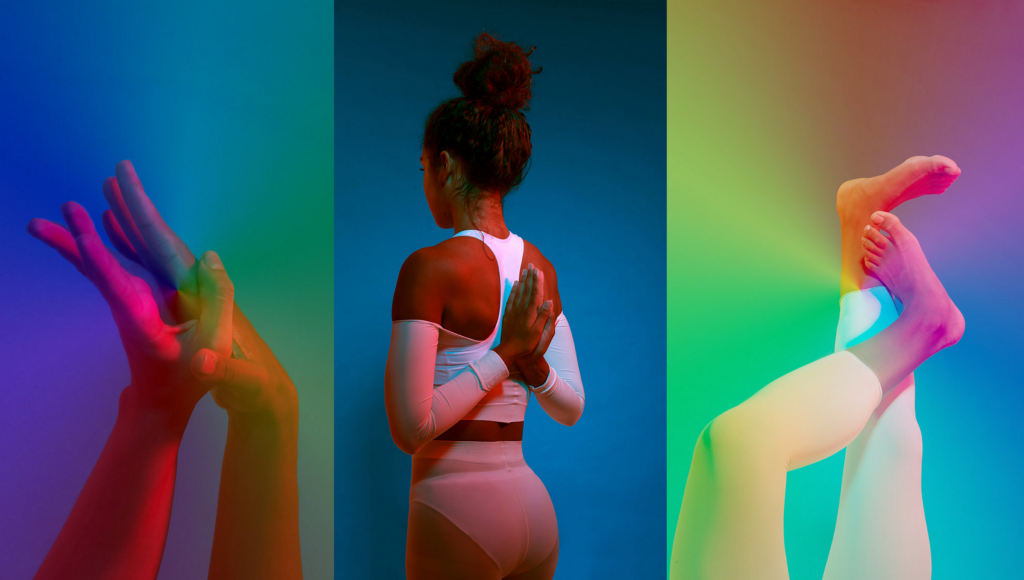
Synesthesia describes a neurological condition that one person’s senses are crossed, like David Eagleman mentioned in his TED talk-‘Our senses are controlled by our biology, but technology can help us sense more’. Artists and designers have done experiments about senses. As designers, we can start to explore our senses more, broaden our understanding of people.
What’s next
By now we explored core theories and concepts (Values & beliefs; Personalities; Needs; Cognitions; Mental Models; Behaviors; Habits & Rituals; Emotions and Senses) about human, it should leave some question prompts for us to think about:
How do we apply the understandings to design process?
How to forge a new relationship between product and people? What kind of relationship would it be?
How can the product make people feel good?
How to make products and services more human?
The concepts in these articles are mostly for understanding individual human beings, what about groups, collectives, communities?
Resources
Below are additional books, links, articles I found inspiring and useful.
Values & Beliefs
Atomic Habit Author James Clear has a core value list, you can make a reference and write down your own.
To me, Viktor Frankl’s Man’s Search For Meaning is a desert-island-book choice, there are countless quotes worth re-reading.
Personality
Susan Cain’s TED talk The Power of Introverts
Needs and Wants
The Five Love Languages, don’t judge by its name, this book is actually about relationship in general, what’s our preference in spending time with people.
Further development on Maslow’s pyramid of human needs
Cognitions and Mental Models
https://www.interaction-design.org/literature/article/a-very-useful-work-of-fiction-mental-models-in-design
Behaviors and Habits
Nobel prize winner Richard Thaler’s book Nudge
Emotions
How Emotions are Made by Lisa Feldman Barrett
Senses
Artist Neil Harbisson TED Talk I listen to color
Other academic papers I took references from
Emotion and Decision Making by Jennifer S. Lerner, Ye Li, Riverside Piercarlo Valdesolo, Claremont, Karim Kassam

How to really understand humans was originally published in UX Collective on Medium, where people are continuing the conversation by highlighting and responding to this story.
